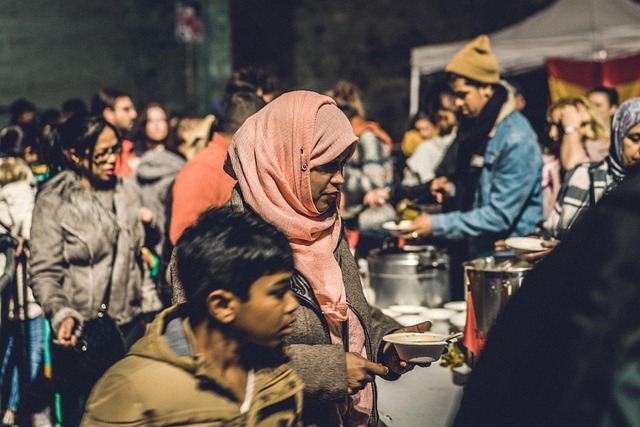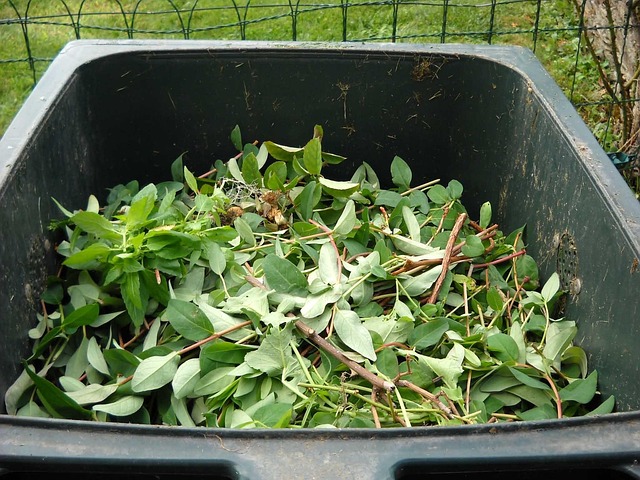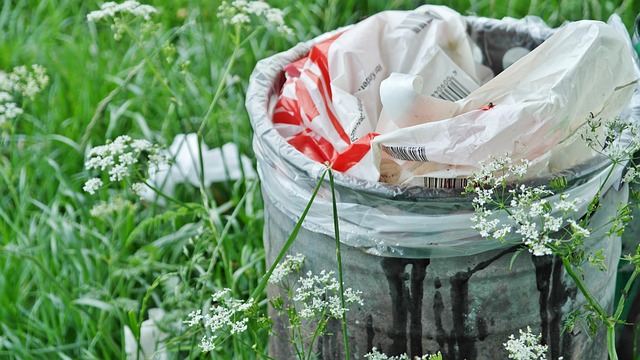In the last decade, city living has transformed from a concrete jungle to a vibrant tapestry of gardens, green roofs, and rooftop farms. The emergence of urban eco events—workshops, seed swaps, community plantings, and educational festivals—has turned neighborhoods into living laboratories where residents can experiment with sustainable practices while enjoying fresh produce and a breath of nature.
Why Urban Eco Events Matter
Urban eco events serve as the connective tissue between people, plants, and the planet. They give city dwellers the chance to learn how to grow food with minimal resources, reduce their ecological footprint, and foster a sense of stewardship for shared spaces. When residents gather to plant native species or host a rainwater harvesting demo, they create a ripple effect that can lead to cleaner air, cooler streets, and healthier communities.
Getting Started: Your Balcony as a Green Hub
For many city residents, a balcony is the only available plot of land. With thoughtful planning, even a small balcony can become a productive, low‑maintenance garden. Start by selecting containers that fit your balcony’s size and weight restrictions. Use lightweight, recycled materials such as old milk jugs or repurposed pallets. Add a layer of mulch to retain moisture and provide a neat aesthetic.
- Choose drought‑tolerant herbs like basil, mint, and oregano.
- Incorporate vertical elements—hanging pots, trellises, or wall planters—to maximize space.
- Opt for self‑watering systems like moisture‑sensing caps to reduce watering frequency.
Community Gardens and Shared Spaces
When individual balconies reach their limits, community gardens step in as the next logical scale. These plots allow neighbors to collaborate on larger projects such as tree planting, herb corridors, or even a collective greenhouse. In many cities, local parks and vacant lots have been repurposed into shared green spaces, often with the help of city ordinances that encourage urban agriculture.
“A shared garden is not just a place to grow food—it’s a place to grow relationships.” – City Garden Coalition
Planning Your Community Plot
Before digging, assess the soil quality with a simple pH test kit and amend it with compost or aged manure. Create a planting schedule that aligns with the city’s climate zones, and decide on a crop rotation plan to keep the soil healthy. Consider installing a rain barrel to capture runoff for irrigation, reducing reliance on municipal water.
- Map out the plot’s layout, including pathways and seating.
- Recruit volunteers and assign responsibilities—sowing, weeding, harvesting.
- Set up a communication channel, like a group chat or a newsletter, to keep everyone informed.
Eco-Friendly Gardening Practices
Urban eco events frequently showcase methods that conserve resources and protect biodiversity. The following techniques can be applied to both private and community gardens:
- Companion planting: Pair plants that benefit each other, such as tomatoes with basil, to reduce pests naturally.
- Integrated pest management: Use neem oil, beneficial insects, and mulch to deter pests without harsh chemicals.
- Mulching: Organic mulches suppress weeds, regulate temperature, and add nutrients back into the soil as they decompose.
- Rainwater harvesting: Install barrels or cisterns to capture rainwater for irrigation, especially useful in water‑sensitive urban zones.
Seasonal Planting Ideas
Urban eco events often provide seasonal planting guides that help residents adapt to the city’s microclimate. Below are suggestions for spring, summer, fall, and winter:
- Spring: Warm‑weather crops like peppers, beans, and cucumbers. Begin planting cover crops such as clover to fix nitrogen.
- Summer: Succulents and heat‑tolerant herbs; use drip irrigation to conserve water.
- Fall: Root vegetables like carrots, beets, and turnips; plant leafy greens for a quick harvest before winter.
- Winter: Indoor herb gardens; use grow lights if natural light is limited.
DIY Green Projects for the City
Not all green projects require a plot of land. Urban eco events often feature workshops where participants build items that enhance environmental quality. These include:
- Birdhouses from recycled pallets: Provide nesting spots for urban avian species.
- Compost bins from plastic drums: Turn kitchen scraps into nutrient‑rich soil.
- Rain gardens in driveways: Use native plants to absorb stormwater.
- Solar‑powered garden lights: Illuminate paths while reducing electricity consumption.
Creating a Simple Indoor Herb Garden
Indoor herb gardens are perfect for apartment dwellers. Use a shallow tray filled with potting soil, add a selection of herbs such as mint, thyme, and oregano, and place the tray near a sunny window. Keep the soil moist but not waterlogged, and harvest leaves regularly to encourage new growth.
The Role of Native Plants
Urban eco events highlight the importance of native plants, which are adapted to local climates and support local wildlife. Native species require less water, resist pests, and provide food and shelter for pollinators. Incorporating them into city gardens reduces the need for artificial irrigation and chemical inputs.
“Native plants are the unsung heroes of our cities, quietly working to restore ecological balance.” – Green City Initiative
Selecting Native Species
When choosing native plants, consider the following criteria:
- Water tolerance—choose drought‑resistant varieties for hot summers.
- Soil adaptability—native species often thrive in the city’s variable soil conditions.
- Attractiveness to pollinators—flowers that attract bees, butterflies, and hummingbirds.
Supporting Local Food Systems
Urban eco events frequently tie gardening to broader food justice initiatives. By growing locally, city residents reduce the carbon footprint associated with transporting food over long distances. Community-supported agriculture (CSA) programs, farmers’ markets, and seed exchanges are common features of these events.
- Participate in a CSA to receive seasonal produce directly from a local farm.
- Organize a seed swap to diversify genetic resources and reduce dependency on commercial seed suppliers.
- Attend farmers’ markets to support small producers and learn about seasonal ingredients.
Building a Local Food Network
Start by mapping nearby farms, co‑ops, and community gardens. Use this map to create a weekly route that allows residents to pick up produce, exchange seeds, or share gardening tips. This network not only enhances food security but also strengthens community bonds.
Measuring Impact and Sustainability
Urban eco events often provide tools to help participants track their environmental impact. Simple metrics such as water saved, carbon offset, and waste reduced can motivate continued participation. Many cities offer digital apps or printable sheets to log planting dates, harvest yields, and water usage.
- Water savings: Compare garden irrigation against municipal water usage.
- Carbon offset: Calculate the amount of CO₂ sequestered by the plants grown.
- Waste reduction: Measure compostable waste diverted from landfills.
Case Study: A Neighborhood’s Green Transformation
In 2022, a downtown block initiated a community garden after attending an urban eco event. Over 18 months, they planted over 200 plants, collected 1,500 gallons of rainwater, and produced enough fresh herbs for 150 residents. The project also created a shared composting program that reduced neighborhood waste by 30%. The success spurred the city to fund additional green roofs and a new seed library.
Getting Involved in Urban Eco Events
Participation can take many forms: volunteering at a local garden, hosting a seed‑sharing session, or simply attending a workshop. Urban eco events are often organized by city councils, environmental NGOs, or grassroots community groups. By joining, you gain access to resources, mentorship, and a community of like‑minded residents.
- Check your city’s community calendar for upcoming eco events.
- Register as a volunteer or participant; many events welcome newcomers.
- After the event, share your experience with neighbors and friends to inspire further participation.
Conclusion
Urban eco events are catalysts for transforming cityscapes into vibrant, sustainable ecosystems. From balcony gardens to community plots, each initiative empowers residents to take control of their environment, reduce their ecological footprint, and foster community resilience. By embracing native plants, eco‑friendly practices, and local food systems, city dwellers can turn concrete into living, breathing spaces that benefit both people and the planet.




